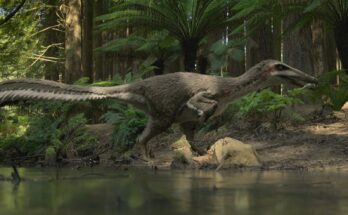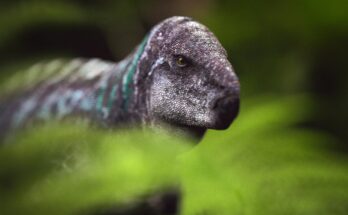Introduction
Imagine a time when Earth’s oceans were ruled not by sharks or whales, but by sleek, dolphin-like reptiles with razor-sharp teeth and eyes the size of dinner plates. Among these ancient sea monsters, one of the most fearsome was Temnodontosaurus, a giant ichthyosaur that dominated the Early Jurassic seas.
This article dives deep into the history, discovery, and incredible biology of Temnodontosaurus—one of the largest and most powerful marine predators of its time. From its first fossil discoveries to its role as an apex hunter, we’ll explore why this creature remains one of the most fascinating prehistoric reptiles.
Chapter 1: What Was Temnodontosaurus?
A Prehistoric Sea Dragon
Temnodontosaurus (meaning “cutting-tooth lizard”) was a massive ichthyosaur, a group of marine reptiles that thrived during the Mesozoic Era. Unlike dinosaurs, which lived on land, ichthyosaurs were fully adapted to life in the ocean, evolving a body shape similar to modern dolphins.
But Temnodontosaurus was no gentle swimmer—it was a top predator, built for speed and power.
Key Features:
- Size: Up to 12 meters (40 feet) long—bigger than a killer whale!
- Teeth: Sharp, conical, and perfect for gripping slippery prey.
- Eyes: Among the largest of any known animal (up to 20 cm wide), suggesting it hunted in deep or murky waters.
- Speed: A streamlined body and powerful tail made it a fast swimmer.
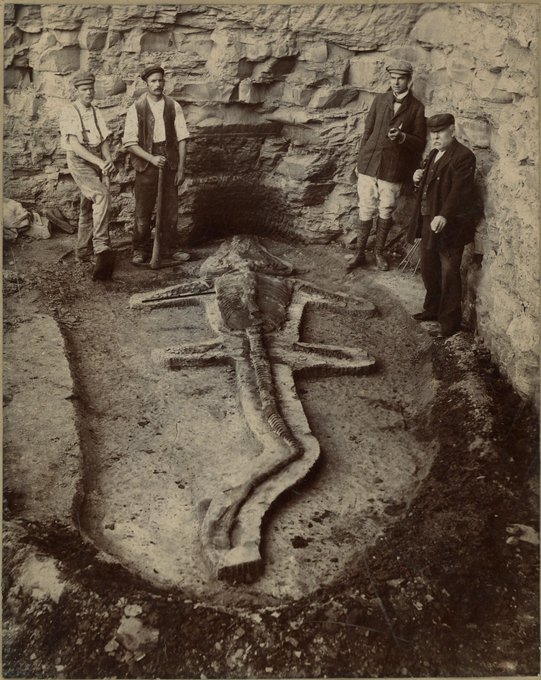
Chapter 2: Discovery & Naming – A Fossil Mystery Unfolds
The First Fossils (19th Century)
The story of Temnodontosaurus begins in early 19th-century England, a time when fossil hunting was still a new science. In 1811, a young Mary Anning (a pioneering paleontologist) and her brother discovered the first complete ichthyosaur skeleton in Lyme Regis, Dorset. While this was a different species, it sparked interest in marine reptiles.
Years later, in 1840, the famous British anatomist Sir Richard Owen (who also coined the term “dinosaur”) examined more ichthyosaur fossils and named the genus Temnodontosaurus.
Where Are the Fossils Found?
Most Temnodontosaurus fossils come from:
- England (especially the Blue Lias Formation)
- Germany (the Posidonia Shale)
- France & Luxembourg (rare but significant finds)
These areas were once part of a warm, shallow sea teeming with life—perfect for a predator like Temnodontosaurus.
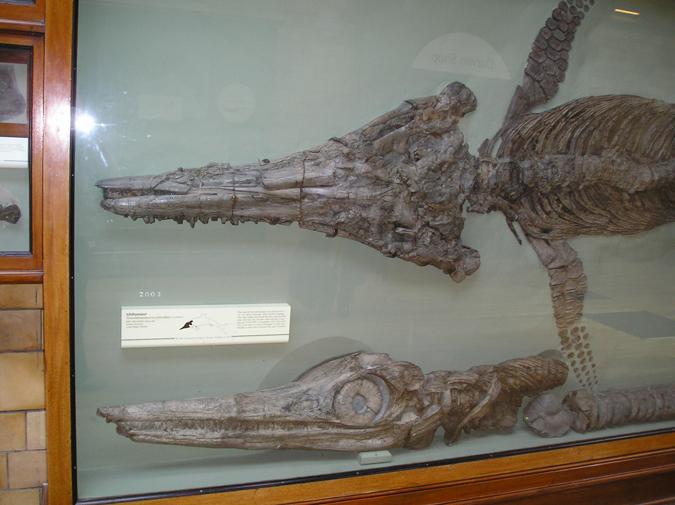
Chapter 3: Life in the Jurassic Oceans
A Dangerous, Fish-Filled World
The Early Jurassic seas (~200–175 million years ago) were packed with:
- Ammonites (shelled cephalopods)
- Belemnites (squid-like creatures)
- Fish (early sharks and bony fish)
- Other marine reptiles (like smaller ichthyosaurs and plesiosaurs)
Temnodontosaurus was at the top of the food chain, likely preying on anything it could catch.
Hunting Strategies: Deep-Diving Predator?
Its enormous eyes suggest it may have hunted in deep or dark waters, where its keen vision gave it an edge. Some scientists think it ambushed prey from below, much like a modern orca.
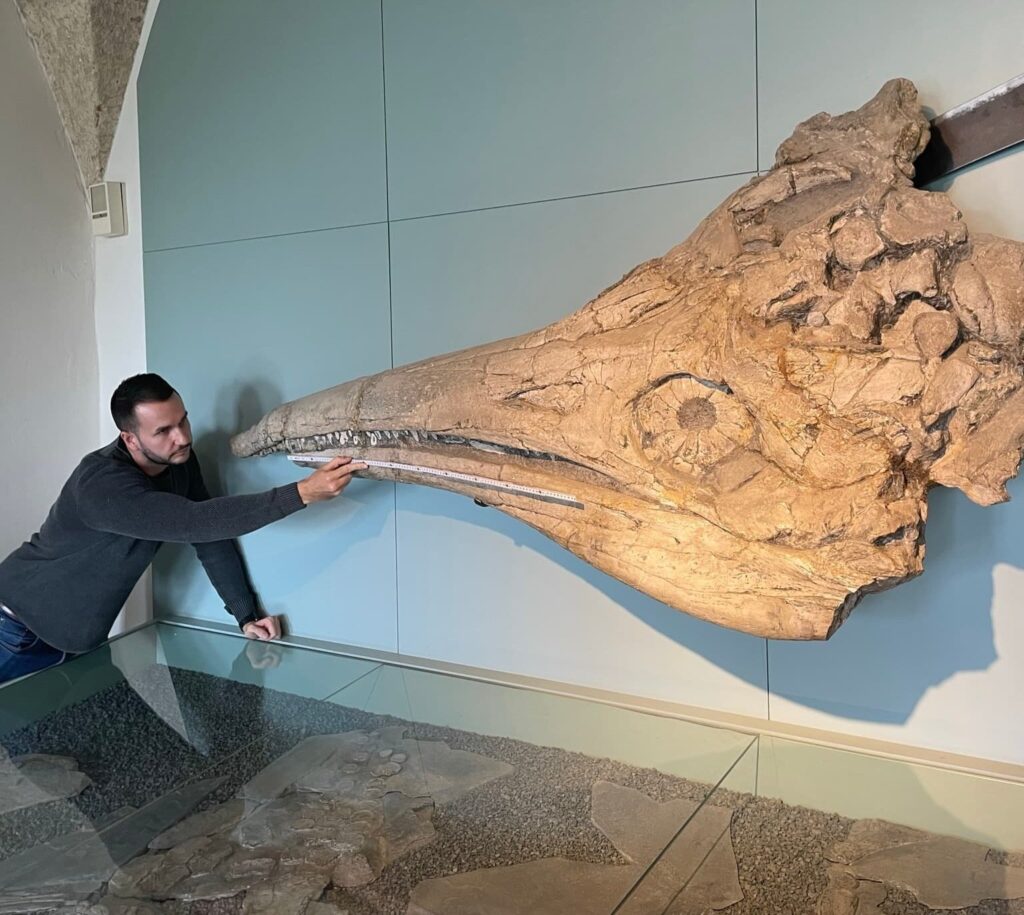
Chapter 4: Different Species of Temnodontosaurus
Not all Temnodontosaurus were the same—several species have been identified:
- Temnodontosaurus platyodon (the first discovered, with robust teeth)
- Temnodontosaurus eurycephalus (broader skull, possibly a different feeding style)
- Temnodontosaurus trigonodon (sharp, triangular teeth for slicing prey)
- Temnodontosaurus azerguensis (a later species from France)
Each species had slight variations in teeth and skull shape, hinting at different hunting techniques.
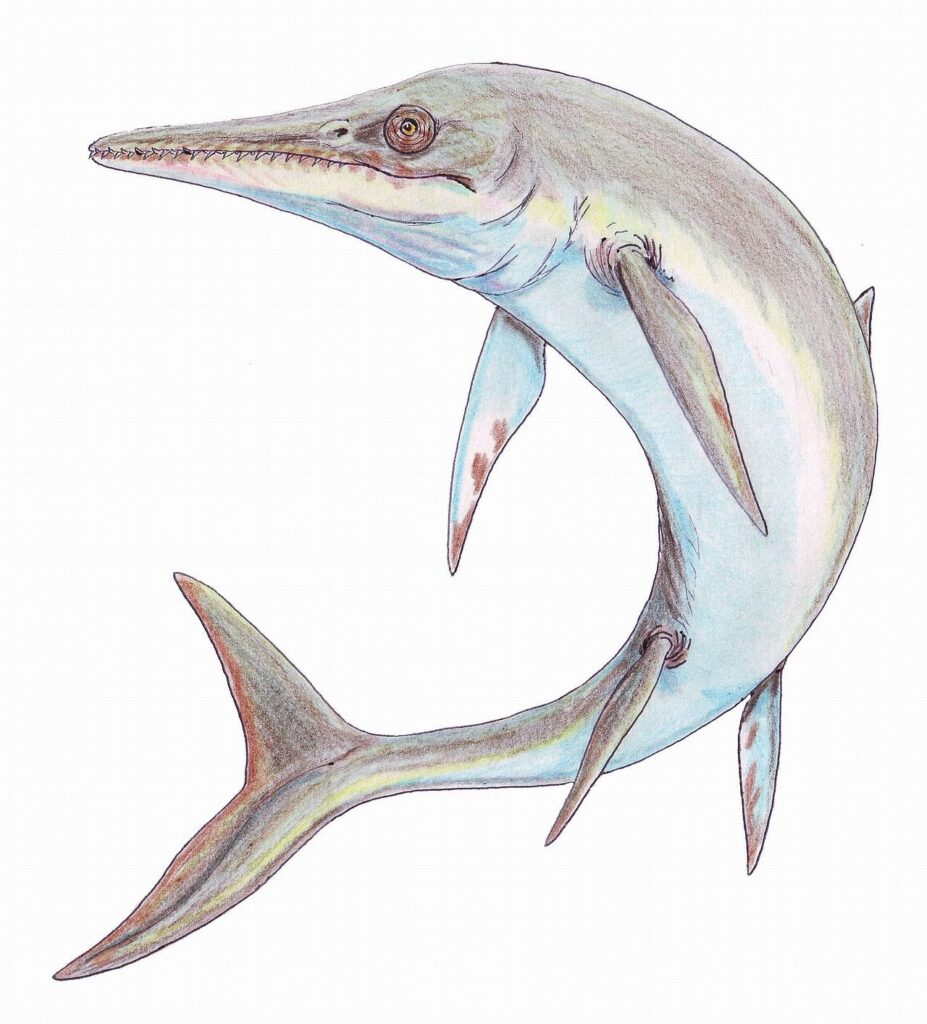
Chapter 5: How Did Temnodontosaurus Compare to Other Marine Reptiles?
Vs. Other Ichthyosaurs
- Smaller ichthyosaurs (like Ichthyosaurus) were fish-eaters.
- Temnodontosaurus was bigger, stronger, and likely hunted larger prey.
Vs. Pliosaurs (Later Jurassic Predators)
- Pliosaurs (like Liopleurodon) were even bigger but appeared later.
- Temnodontosaurus may have been outcompeted by these new predators.
Vs. Modern Marine Predators
- Similar in size to a killer whale but with a more reptilian build.
- Its eyes were far larger than any living marine animal, suggesting unique adaptations.
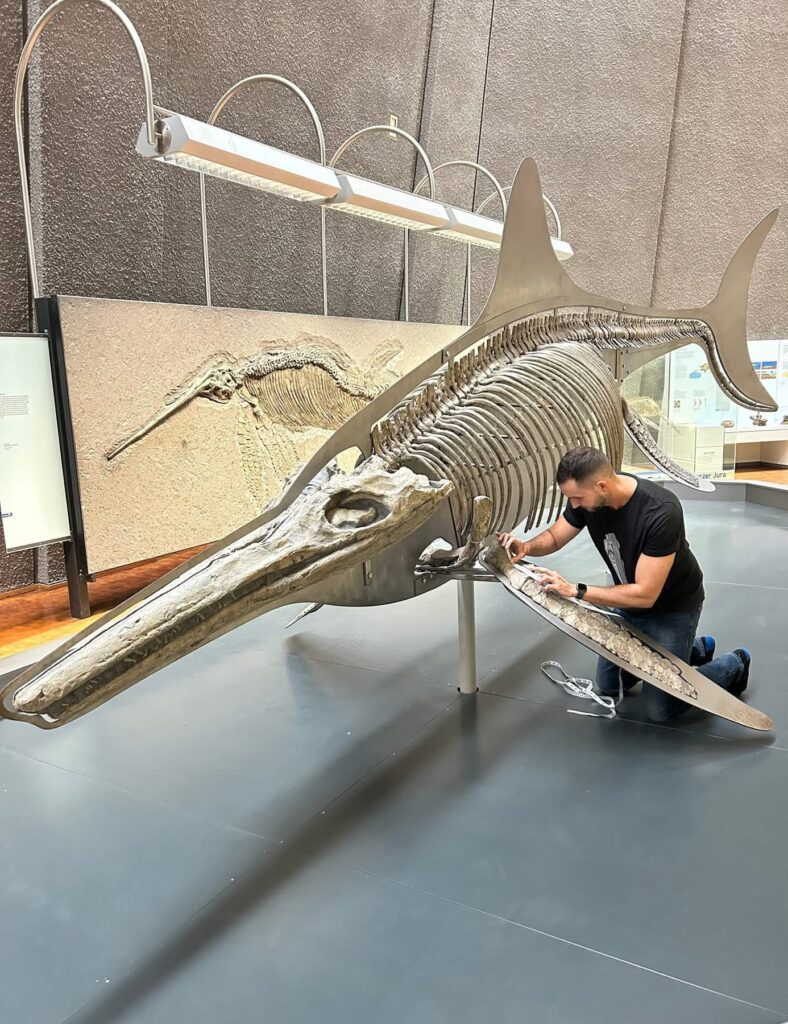
Chapter 6: The Extinction of Temnodontosaurus
Why Did It Disappear?
By the Middle Jurassic (~170 million years ago), Temnodontosaurus vanished. Possible reasons:
- Competition – New predators like pliosaurs took over.
- Climate Change – Shifts in ocean temperature and food supply.
- Evolutionary Limits – Maybe it was too specialized to adapt.
Whatever the cause, its reign as the ocean’s top predator eventually ended.
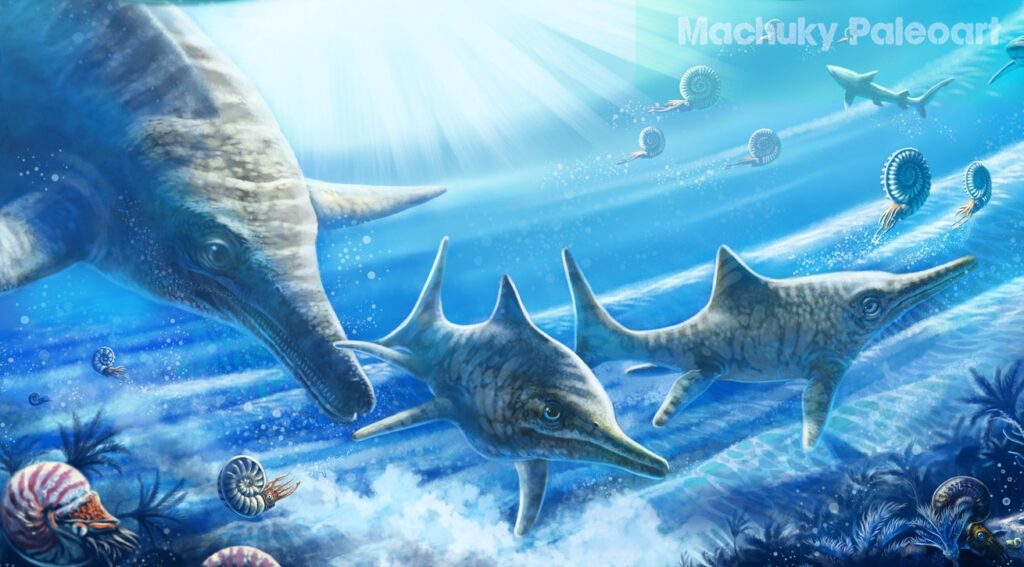
Chapter 7: Temnodontosaurus in Pop Culture & Science
While not as famous as T. rex or Mosasaurus, Temnodontosaurus has appeared in:
- Documentaries (like BBC’s “Sea Monsters”)
- Museums (specimens in London’s Natural History Museum)
- Books & Video Games (sometimes as a deep-sea horror creature)
Its unique blend of speed, size, and terrifying teeth make it a fascinating subject for paleoart.

Conclusion: The Legacy of a Jurassic Giant
Temnodontosaurus was one of the most impressive marine reptiles of all time—a true “sea dragon” that ruled the Jurassic oceans. From its discovery in the cliffs of England to its incredible adaptations as a deep-sea hunter, this creature remains a key part of prehistoric marine history.
Next time you look at a dolphin, remember: millions of years ago, something far bigger and fiercer patrolled the seas.
Want to Learn More?
- Visit a natural history museum with ichthyosaur exhibits.
- Check out books like “Sea Dragons” by Richard Ellis.
- Follow paleontologists on social media for the latest discoveries!
